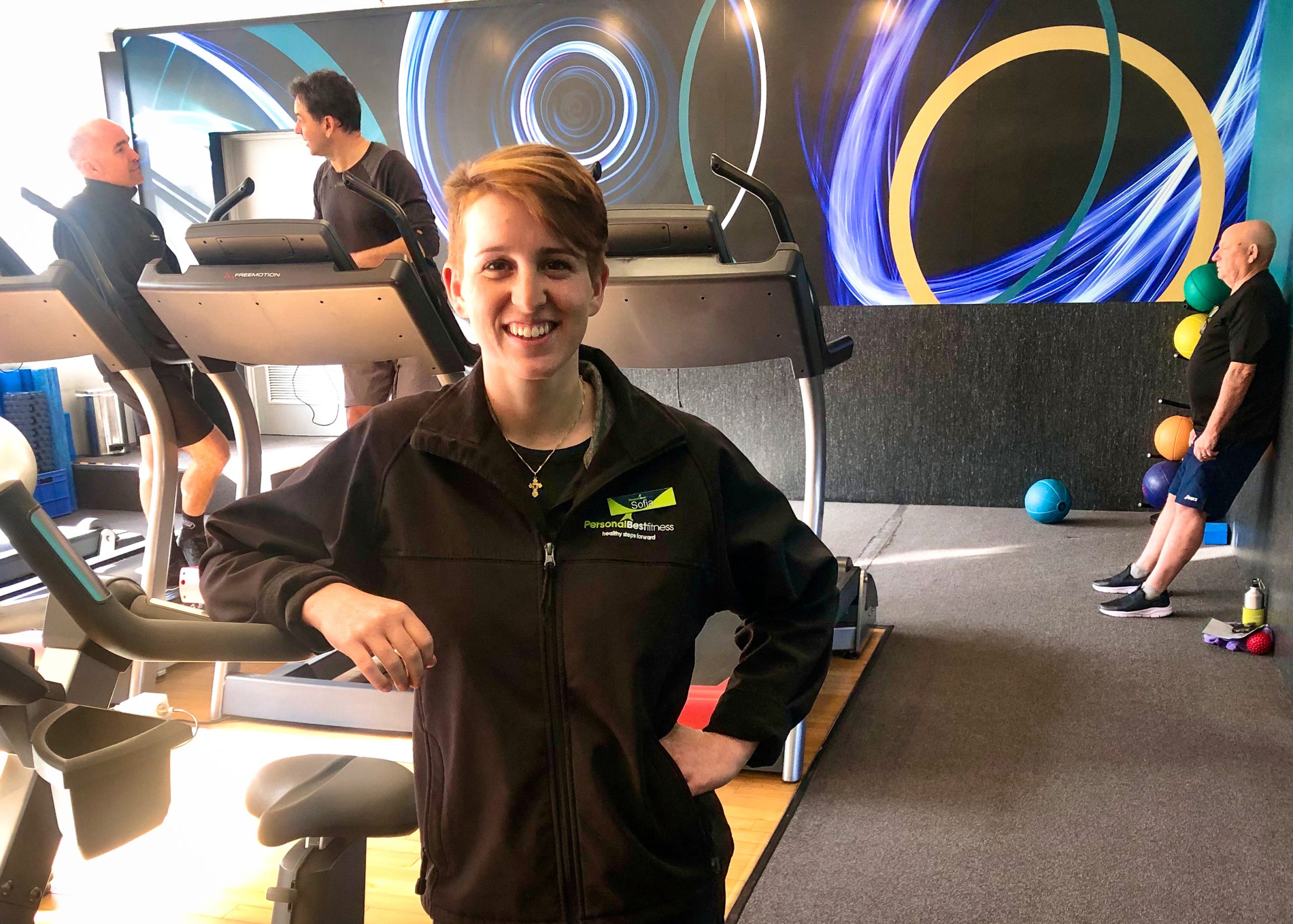
Sofia’s Journey at Personal Best
Sofia first started at Personal Best as a personal training client of Eidolan’s after being referred by her physiotherapist some 11 years ago. Sofia was experiencing knee pain from the demands of being an elite junior soccer player.
Eidolan was pivotal in Sofia’s learnings of the body and the recovery process as she progressed her way through the Institute of Sport until she ceased her contract in 2013, to focus on her studies.
Like most Year 10 students, Sofia was required to complete a week of work experience.
“I chose to split my time between a Physio practice and here at Personal Best Fitness.
During this time, sport, or specifically soccer was part of my identity, so most of my thought processes revolved around supporting this passion in some way. My plan had been to complete my Certificate III and IV in Fitness during Year 11 & 12 and work as a personal trainer while at Uni and study medicine with the intention of bringing the learnings of movement into my practice as a doctor.”
After Sofia’s work experience, we approached Sofia as to whether she would like to be a part of our Front Desk team. Sofia had completed her fitness certification at the beginning of that year, before returning to school.
Sofia had been qualified as a personal trainer since 2014 but didn’t think of herself as having practiced as a personal trainer until she made the decision that medicine was not for her in 2017.
‘I decided to refocus on my mental health. As my mental health had suffered, so too had my love for a sport, which was once my identity, football. I had completely stepped away from football and took up cycling around this time. ‘
For anyone who knew Sofia prior to 2018, they would realise that there was a pretty big shift in not only the way she practised as a personal trainer, but also in the way she walked through life after completing her first activation course in 2018.
‘Having gone to a private school all my life, I don’t think I ever considered personal training as my one and only career option. It was always a steppingstone into what was next, which since I was a child, had always been medicine. In short, activation changed everything for me. From my confidence, stopping my forever frequent panic attacks, to even starting my own cycling tour business. I don’t think I ever considered myself to be a ‘personal trainer’ until sometime after I got back from this course in 2018.’
As a business owner it has given me immense pleasure to see Sofia grow not only as a fitness professional, but more importantly as a wonderful, kind and caring person.
‘Now as a Master Personal Trainer and all-rounder, I pride myself in being able to assist Amanda in the business with anything from front desk duties, teaching new staff, loving my role as a personal trainer or my favourite, teaching a group of people the concepts and practice of activation!’
Amanda Coombe

 Timetable
Timetable 6234 5969
6234 5969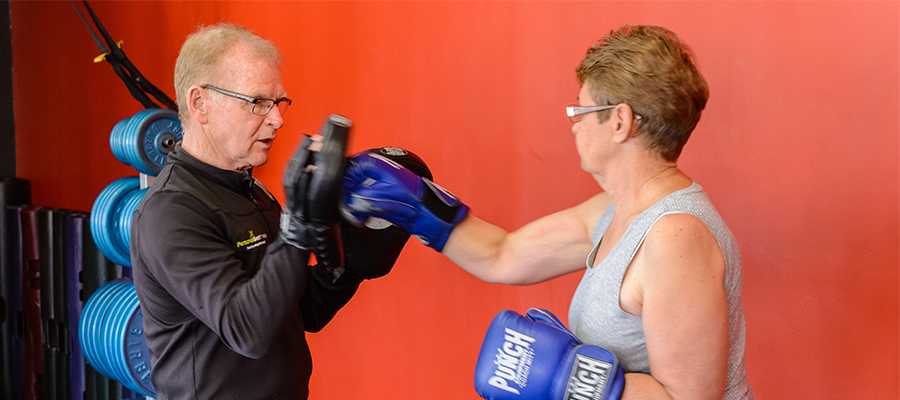
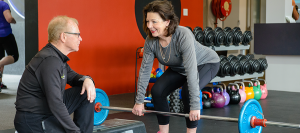 Unfortunately, a lot of these training methods aren’t true ‘HIIT’ sessions. HIIT stands for High Intensity Interval Training. It is designed to get your heart rate up or above 90% of its max, followed by an equal or longer period of time in your recovery zone, the ‘interval’ aspect of HIIT. It can help with fat loss, reduce your heart rate and blood pressure and results in an increased metabolic rate. The often misconception is that going harder means going for longer periods and resting for shorter periods. I’d definitely agree that these types of sessions are tough, but are they productive? A better description of the types of workouts listed above would be High Intensity Steady State Training, or fatigue sessions! I.e. you’re likely getting your heart rate into a moderate zone (not as high as a true HIIT workout), while not allowing yourself sufficient recovery.
It can take up to 48hrs for our body to recover after a high intensity training session. We create a high level of acidosis, resulting in the breakdown of muscle cells and the decrease in immune function. So by completing multiple of these sessions within a week, you are not only creating muscle breakdown, but you are releasing higher levels of cortisol and adrenaline into the body.
The thing is, our body doesn’t differentiate between physical and mental stress. So what are the repercussions of this constant cycle of our stressful, sedentary working life, interspersed with many bouts of high intensity training? Just like any form of stress, exercise releases cortisol and adrenaline into the body. In the right doses our body is able to adapt to this release and create positive changes, however if we’re not giving our body adequate time to recover (i.e. completing HIIT sessions often), this becomes detrimental to the system.
Being super fit and punishing yourself at the gym doesn’t equate to longevity. In fact it can do the opposite. Over training, under recovering, repetitive movement, too much muscle mass, and chronic cardio, are all examples of how movement can hurt you. There is no denying that people who chose to practice one sport are highly competitive in their chosen sport, however they’re rarely able to adequately replicate this ‘fitness’ across other sports. They’re often missing one key component; variability.
When it comes to longevity, the key component in training is variability. This means being strong and resilient for whatever comes your way. It means you can go fast, or slow, lift heavy, or light, move and adapt to awkward and challenge angles, etc. Variability means your tissue has the strength, tension and elasticity to respond to different speeds, loads, positions and vectors.
Our heart rate is a great responder to variability. It is important to have the ability to get your heart rate high (above 90% of heart rate max), for SHORT periods of time and it is just, if not more, important to have the ability to get your heart rate back down quickly and keep it there for sustained periods of time. We have looked at one form of heart rate variability training (HIIT), however we will have to save the full discussion for another time. For the time being, I want you to have a think about whether all of your training sessions are ‘smash fests’ in the gym or whether you are incorporating variability into your training and in fact aiming for wellness and longevity.
Signs you need to switch up your exercise and focus on wellness and longevity are:
Unfortunately, a lot of these training methods aren’t true ‘HIIT’ sessions. HIIT stands for High Intensity Interval Training. It is designed to get your heart rate up or above 90% of its max, followed by an equal or longer period of time in your recovery zone, the ‘interval’ aspect of HIIT. It can help with fat loss, reduce your heart rate and blood pressure and results in an increased metabolic rate. The often misconception is that going harder means going for longer periods and resting for shorter periods. I’d definitely agree that these types of sessions are tough, but are they productive? A better description of the types of workouts listed above would be High Intensity Steady State Training, or fatigue sessions! I.e. you’re likely getting your heart rate into a moderate zone (not as high as a true HIIT workout), while not allowing yourself sufficient recovery.
It can take up to 48hrs for our body to recover after a high intensity training session. We create a high level of acidosis, resulting in the breakdown of muscle cells and the decrease in immune function. So by completing multiple of these sessions within a week, you are not only creating muscle breakdown, but you are releasing higher levels of cortisol and adrenaline into the body.
The thing is, our body doesn’t differentiate between physical and mental stress. So what are the repercussions of this constant cycle of our stressful, sedentary working life, interspersed with many bouts of high intensity training? Just like any form of stress, exercise releases cortisol and adrenaline into the body. In the right doses our body is able to adapt to this release and create positive changes, however if we’re not giving our body adequate time to recover (i.e. completing HIIT sessions often), this becomes detrimental to the system.
Being super fit and punishing yourself at the gym doesn’t equate to longevity. In fact it can do the opposite. Over training, under recovering, repetitive movement, too much muscle mass, and chronic cardio, are all examples of how movement can hurt you. There is no denying that people who chose to practice one sport are highly competitive in their chosen sport, however they’re rarely able to adequately replicate this ‘fitness’ across other sports. They’re often missing one key component; variability.
When it comes to longevity, the key component in training is variability. This means being strong and resilient for whatever comes your way. It means you can go fast, or slow, lift heavy, or light, move and adapt to awkward and challenge angles, etc. Variability means your tissue has the strength, tension and elasticity to respond to different speeds, loads, positions and vectors.
Our heart rate is a great responder to variability. It is important to have the ability to get your heart rate high (above 90% of heart rate max), for SHORT periods of time and it is just, if not more, important to have the ability to get your heart rate back down quickly and keep it there for sustained periods of time. We have looked at one form of heart rate variability training (HIIT), however we will have to save the full discussion for another time. For the time being, I want you to have a think about whether all of your training sessions are ‘smash fests’ in the gym or whether you are incorporating variability into your training and in fact aiming for wellness and longevity.
Signs you need to switch up your exercise and focus on wellness and longevity are:
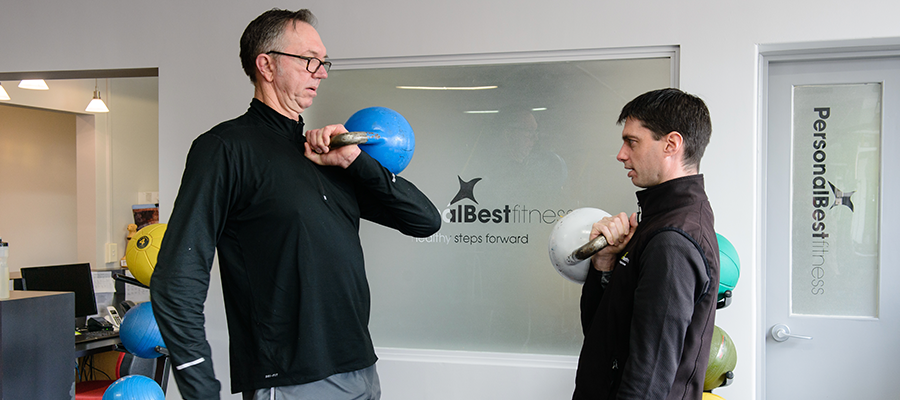

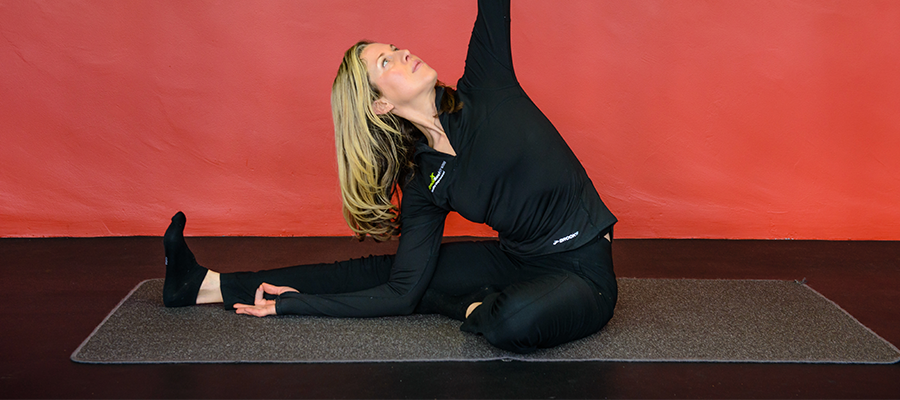

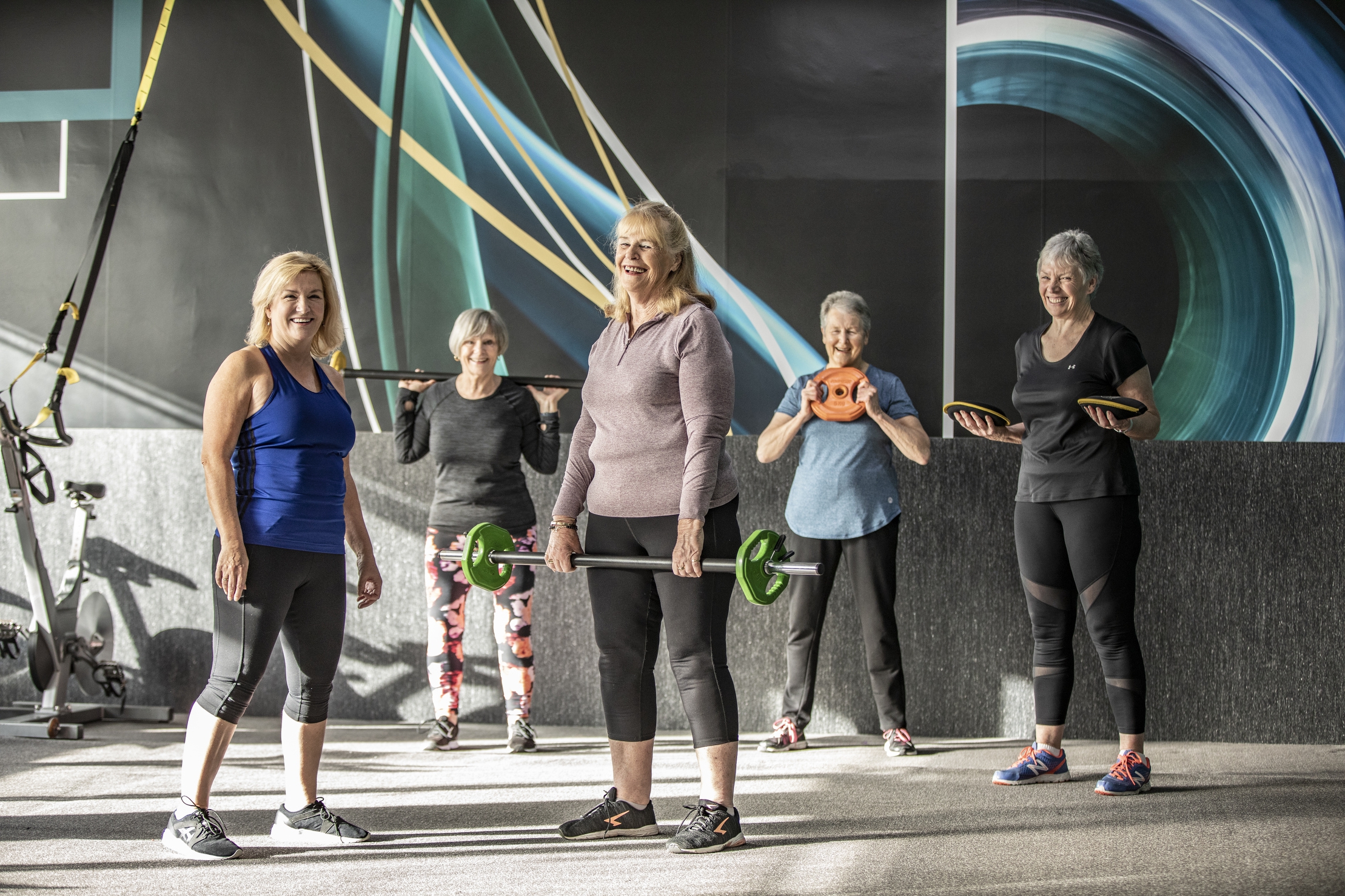
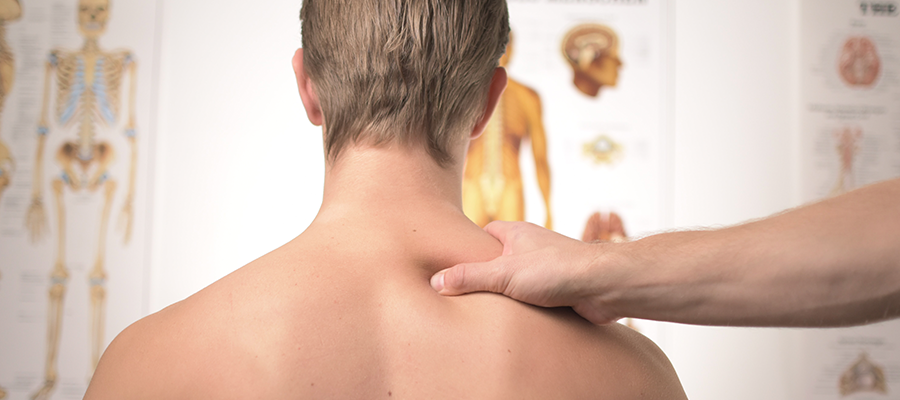
 Lie flat on your back, lower legs resting and fully supported by a flat, level surface such as a dining chair. Stay in this position for as long as you can.
I’ll leave you with something to think about, something which is typically hard to think about when you are actually experiencing back pain but I guess no one ever did say it was supposed to be easy…
All of the types of back pain described above are symptoms of other problems. The back pain is not the problem, it is the part of the body complaining about the problem.
If I have client doing Kettlebell swings and they complain of back pain, I want to see what their feet are doing, I need to see how their shoulders are moving. If your back hurts when you do a deadlift, I’m interested in what your set-up was, before you did the deadlift.
These things are not necessarily complicated to fix but it can be much harder to fix by yourself. Consult a trainer if in doubt.
At Personal Best Fitness we have had great success with helping our members reduce and overcome back pain, with simple and effective exercises.
Eidolan Erin.
Master Personal Trainer
personalbestfitness.com.au
6234 5969
Lie flat on your back, lower legs resting and fully supported by a flat, level surface such as a dining chair. Stay in this position for as long as you can.
I’ll leave you with something to think about, something which is typically hard to think about when you are actually experiencing back pain but I guess no one ever did say it was supposed to be easy…
All of the types of back pain described above are symptoms of other problems. The back pain is not the problem, it is the part of the body complaining about the problem.
If I have client doing Kettlebell swings and they complain of back pain, I want to see what their feet are doing, I need to see how their shoulders are moving. If your back hurts when you do a deadlift, I’m interested in what your set-up was, before you did the deadlift.
These things are not necessarily complicated to fix but it can be much harder to fix by yourself. Consult a trainer if in doubt.
At Personal Best Fitness we have had great success with helping our members reduce and overcome back pain, with simple and effective exercises.
Eidolan Erin.
Master Personal Trainer
personalbestfitness.com.au
6234 5969